Anyone who loves the vibrancy of outdoor life or the thrill of a road trip knows the heartbreak of being trapped in gridlock or worse, showing up late to an important event because of it.
Yet in many of the world’s most populous nations, what was once an occasional frustration has become the norm.
The daily commute is stretching longer and longer, and traffic has emerged as one of the most visible strains on modern urban life.
The latest figures from Numbeo’s 2025 Traffic Index highlight which also facilitates quality of life, show just how severe the issue has become.
The index, which blends commute times, wasted hours in congestion, inefficiency, and transport-related carbon emissions, paints a stark picture of countries where the cost of getting from point A to point B is at its highest. More than just an inconvenience, gridlock drains productivity, diminishes quality of life, and adds to already dangerous levels of pollution.
This report explores the top 10 countries with the highest Traffic Index in 2025, offering insight into the scale of the challenge and the patterns that unite the world’s most gridlocked nations.
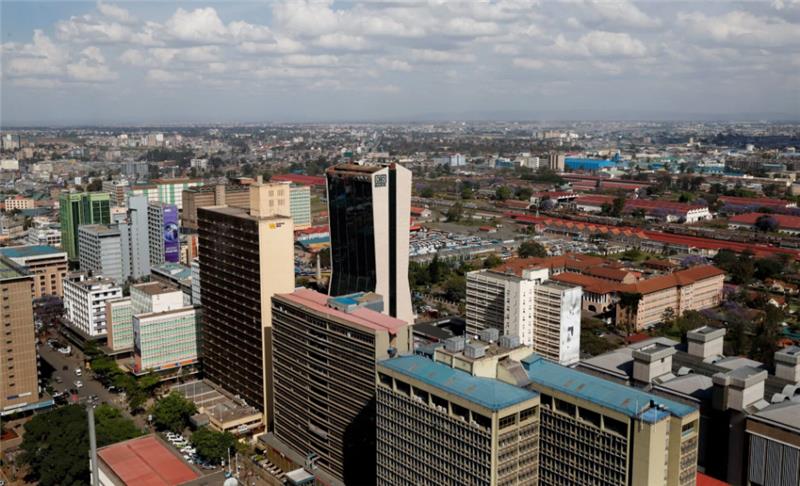
- Traffic Index: 240.1
Kenya records a Traffic Index of 240.1, with Nairobi bearing the brunt of the country’s congestion. Major routes such as Uhuru Highway, Thika Superhighway and Mombasa Road are frequent choke points. Commuters spend an average of 51.6 minutes per trip, with rush-hour traffic often turning journeys into hours-long ordeals.
The CO₂ Emission Index of 7,305.9 highlights how inefficient urban transport is undermining sustainability targets.

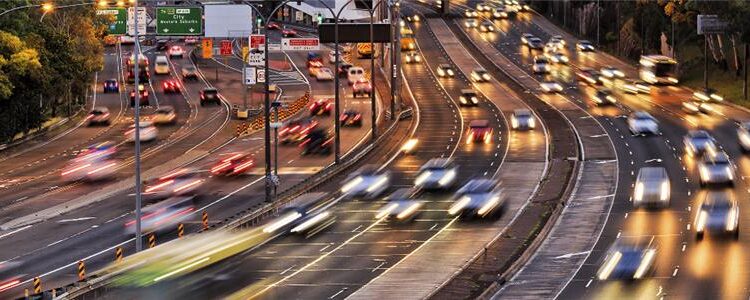






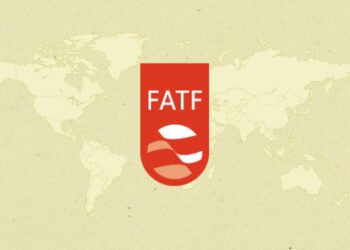
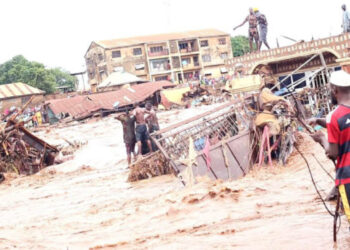
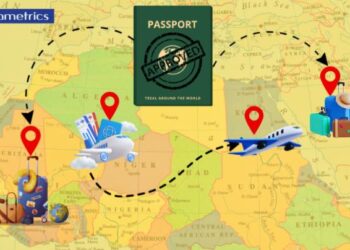


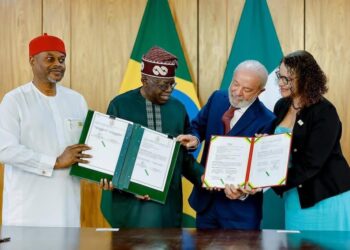












Gov. Sanwo should see where his inactions have put us. During Fashola tenure when there was the rule of law, it was much better. Now there’s a traffic economy. With beggars, traders, robbers, tauts, advertisers. Kiss goodbye to safe streets especially in Lagos.